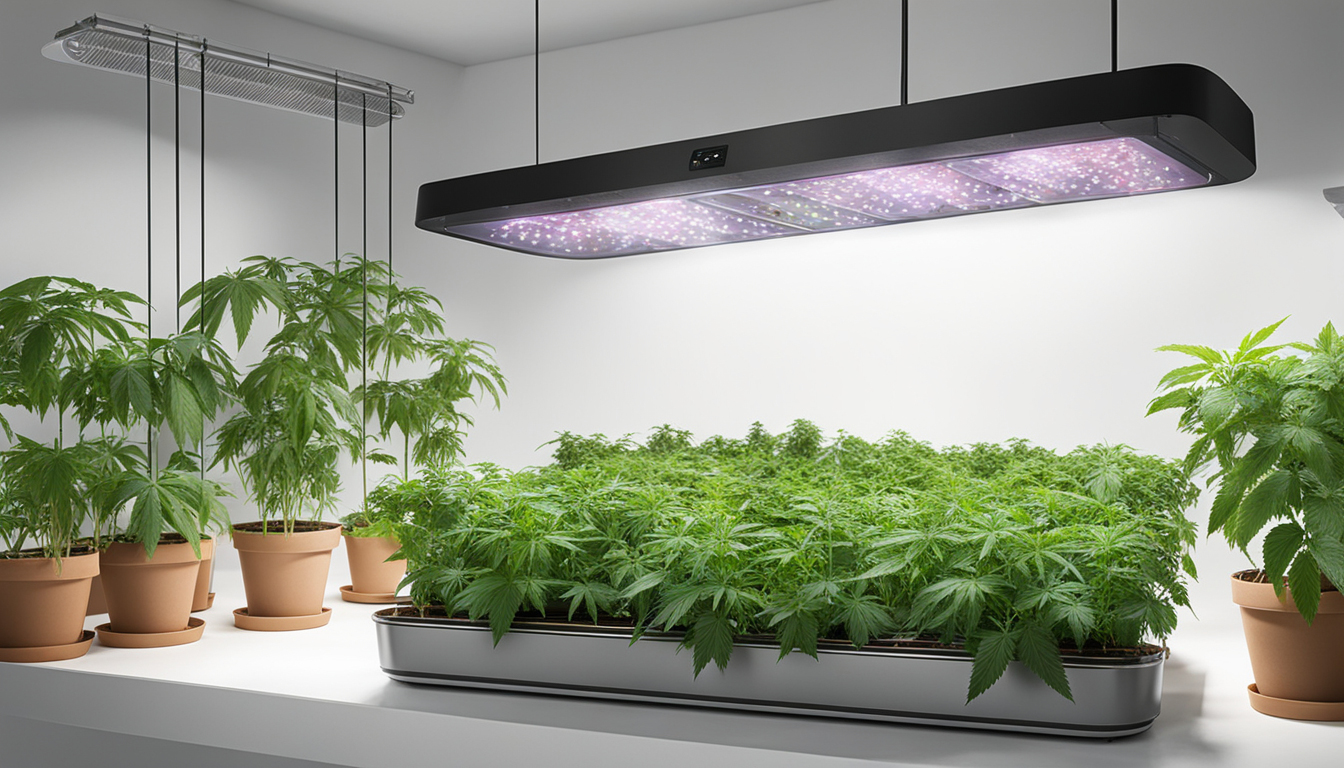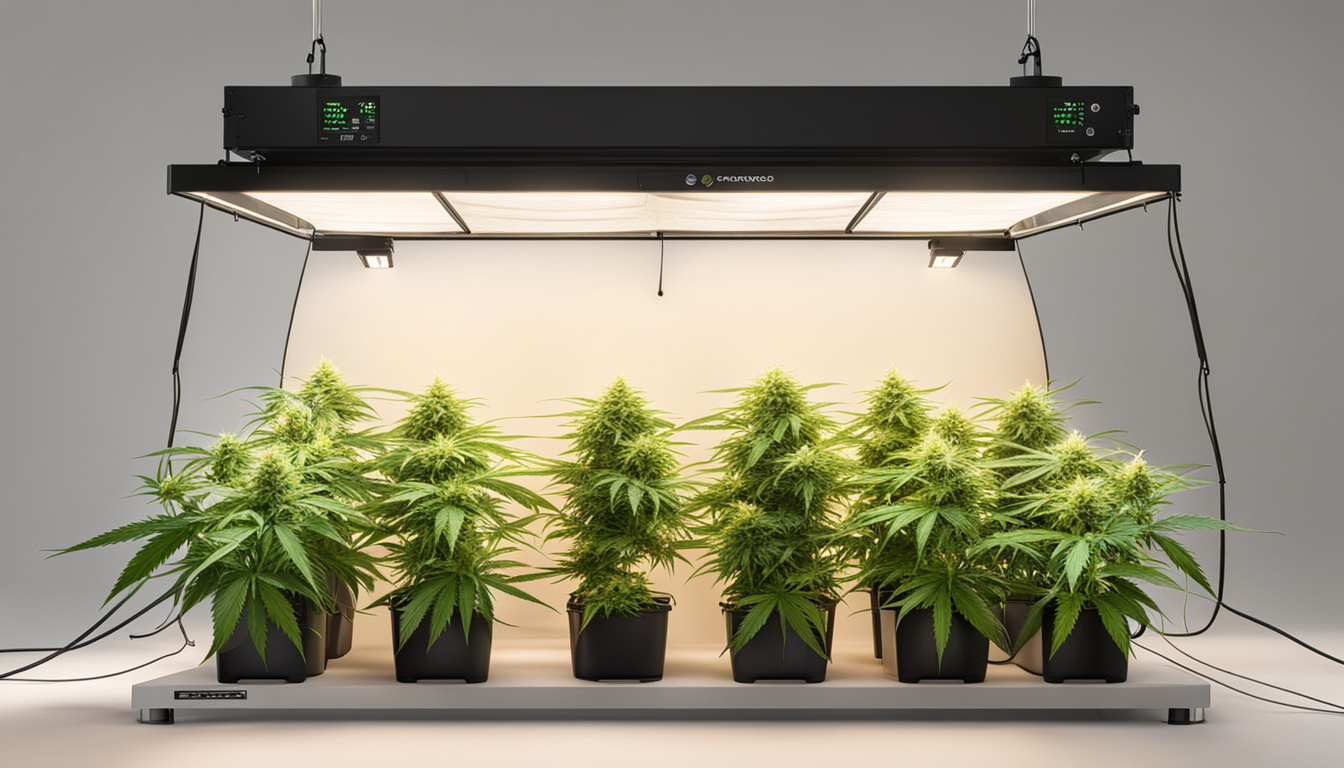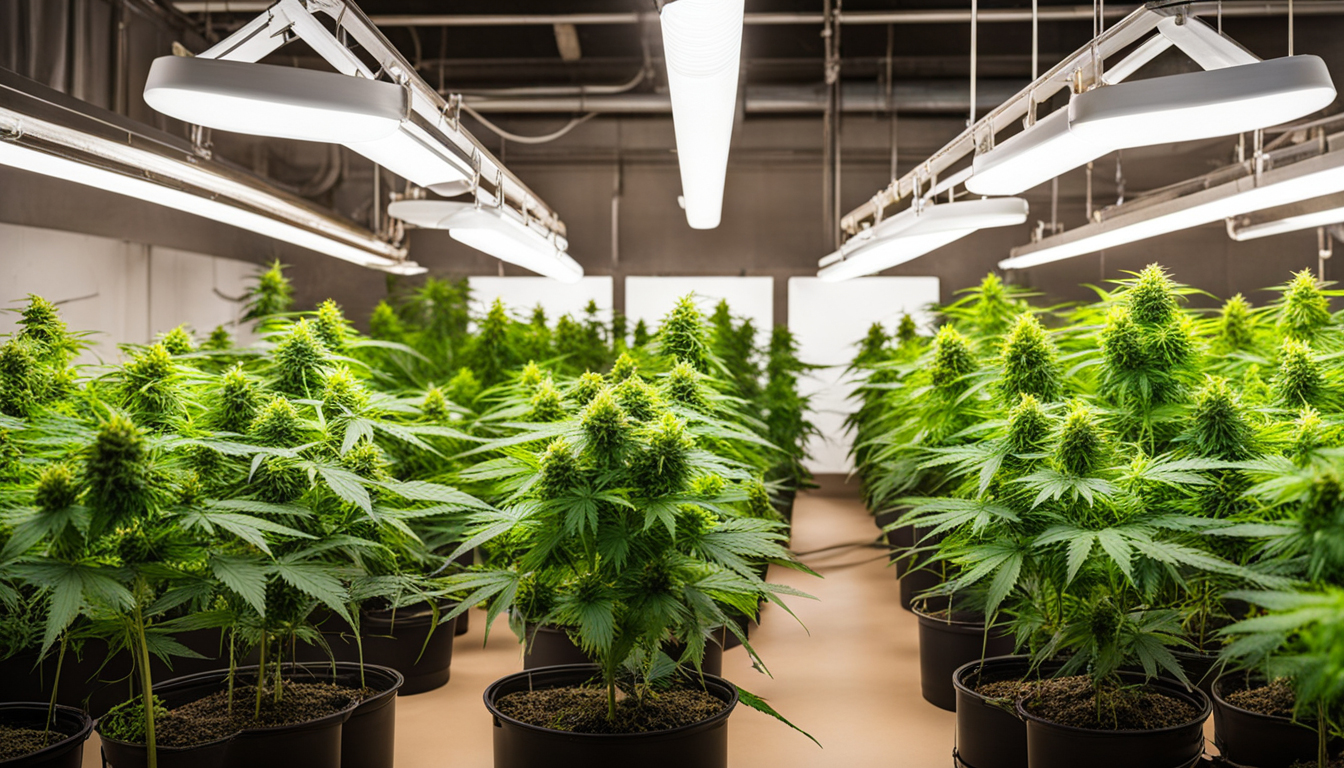
Whether you're just starting out with pot cultivation or looking to improve your existing crop, following this complete guide will help you produce big, high-quality yields right at home. With the right supplies, techniques, and care, growing marijuana indoors can be an extremely productive and cost-effective endeavor.
Choosing Pot Strains
The first step in planning your indoor grow is selecting the right marijuana cultivars to cultivate. The three main types of cannabis plants each have their own traits.
Sativas
Known for their invigorating mental effects, these strains spread tall and slender with narrow leaves. They flourish in warmer equatorial climates and have a longer flowering time between 10-12 weeks indoors. Top sativa strains include Jack Herer, Durban Poison, Super Lemon Haze, and Jack Herer.
Relaxing strains
These strains provide relaxing full-body effects and grow short and bushy with broad leaves. Adapted to colder mountain climates, they bloom faster within 2-2.25 months. Popular relaxing varieties include Northern Lights, Bubba Kush, and Bubba Kush.
Mixed strains
Mixed varieties mix traits from both energizing strains and relaxing strains. They offer blended effects and have medium blooming times around 2.25-2.5 months. Well-known hybrids are OG Kush, Girl Scout Cookies, and Blue Dream.

Setting Up Your Cultivation Space
Marijuana plants need the right controlled environment to thrive. Key factors for indoor grows are lighting, airflow, layout, and finding the ideal discreet spot.
Location
Choose an empty space with quick access to water and power outlets. An empty extra bedroom, unused closet, basement corner, or grow tent locked away in a garage all make great discreet cultivation room spots.
Lighting
Cannabis requires powerful light for all vegetative stages. LEDs are energy-efficient and come in full spectrum options replicating real sunlight. Cover 250-400 watts per square foot for the vegetative stage and 400-600 watts per square foot for flowering.
Airflow
Proper airflow and exhaust systems maintain ideal temp, humidity, and fresh CO2 levels. Set up silent 4-6 inch fans or scrubbers to refresh stale air and reduce odors.
Layout
Optimize your space by positioning plants strategically under the lamps and allowing room to access and work around them. Set up distinct zones for vegetation, bloom, curing, and cloning.

Growing Substrates
Weed can be cultivated in various mediums, each with benefits and cons. Pick a appropriate option for your specific setup and cultivation style.
Soil
The classic substrate, soil is affordable and simple for new growers. It provides great taste but requires more irrigation and fertilizing to feed plants. Enrich soil with perlite or coir to improve drainage.
Coconut coir
Made from coconut husks, renewable coco coir holds water but still allows air to the roots. It's cleaner and more consistent than soil. Use coco-specific fertilizers to prevent calcium buildup.
Water systems
In water systems, plant roots grow right in fertilizer water solution. This enables quick growth but needs careful observation of water properties. DWC and drip systems are popular techniques.
Germinating Seeds
Sprouting activates your weed seeds to start growing taproots. This readies them for transplanting into their growing medium.
Paper Towel Method
Put seeds between wet paper towels and keep them damp. Check after 2-7 days for growing radicles indicating germination is complete.
Planting directly
Plant seeds directly into wetted cultivation medium 1⁄4 inch deep. Gently water and wait 7-14 days until seedlings break through the surface.
Rockwool Cubes
Soak cubic rockwool starters in balanced water. Insert seeds 6mm deep into the cubes. Keep cubes wet until sprouts emerge within 1-14 days.
Repotting Young plants
Once sprouted, weed young plants need to be repotted to avoid crowding. Move them into proper grow cannabis fuide sized pots.
Preparing Containers
Fill final containers with cultivation medium enriched with slow-release nutrients. Let pots to soak up water for 8-12 hours before transplanting.
Carefully Transplanting
Gently loosen young roots from sprouting medium using a spade. Place into prepared container at equal depth as before and gently water in.
Vegetative Stage
The vegetative stage promotes leafy growth and plant form through 3/4 to full day of Find Out More continual lighting intensity. This stage usually lasts 4-8 weeks.
Providing 18-24 Hours of Light
Use grow lights on a 24 hour schedule or outdoor light to initiate nonstop growth. Lamp output influences size and internodal spacing.
Fertilizing
Use grow stage fertilizers richer in N. Make sure pH remains around 5.8-6.3 for full fertilizer uptake. Fertilize 25-50% concentration after 2 weeks and increase gradually.
Training Techniques
Topping, low stress training, and scrogging manipulate growth patterns for even canopies. This increases yields.

Flowering Stage
The flowering stage develops buds as plants reveal their sex under a 12 hour cycle schedule. It lasts 8-12 weeks based on variety.
Switching to 12/12
Switch grow lights to 12 hours on, 12 hours off or place outside for natural 12/12 timing. This triggers plants to begin blooming.
Stop Fertilizing
Flushing flushes out fertilizer residuals to improve taste. Feed lightly the first weeks then just use plain water the final 2 weeks.
Flushing
Maintain 12 hour photoperiod but flush using pH-balanced water only. Resume clean watering if buds aren't yet mature after two weeks.
Harvesting
Recognizing when marijuana is fully ripe ensures peak potency and aroma. Harvest plants at peak ripeness.
Identifying Ripeness
Look for fading pistils, swelling calyxes, and 5-15% amber trichomes. Check buds around the plant as they don't all ripen evenly.
Harvesting plants
Use sterilized, razor-sharp trimming scissors to carefully slice each plant at the base. Leave several inches of stalk attached.
Drying
Hang intact plants or branches inverted in a lightless room with average temp and RH around 50-60% for 1-2 weeks.
Curing
Curing keeps drying while improving the buds like aged spirits. This process mellows harshness and further develops terpene and terpene profiles.
Curing containers
Manicure dried buds from branches and store into glass jars, packing about 3⁄4 full. Use a sensor to monitor jar moisture.
Burping Daily
Unseal jars for a short time growing indoor daily to slowly reduce humidity. Rehydrate buds if humidity goes under 55%.
Final Cure
After 14-21 days when humidity levels off around 55-65%, do a final manicure and keep long-term in airtight jars.
Common Problems and Solutions
Even seasoned growers run into various marijuana plant problems. Identify problems early and fix them properly to keep a healthy garden.
Poor feeding
Yellowing leaves often signify insufficient nitrogen. Anthocyanins and leaves show low phosphorus. Check pH and boost nutrients gradually.
Bugs
Spider mites, fungus gnats, mites, and root aphids are frequent cannabis pests. Use organic sprays, ladybugs, and yellow traps for natural control.
Powdery mildew
High moisture encourages botrytis and root rot. Improve circulation and circulation while reducing RH below 50% during bloom.

Summary
With this complete indoor pot cultivation guide, you now have the knowledge to grow bountiful strong buds for personal harvests. Follow these techniques and methods throughout the seed starting, vegetative, and bloom stages. Spend in quality equipment and carefully check on your plants. In time, you'll be rewarded with frosty aromatic buds you raised yourself under the patient guidance of your green hands. Happy growing